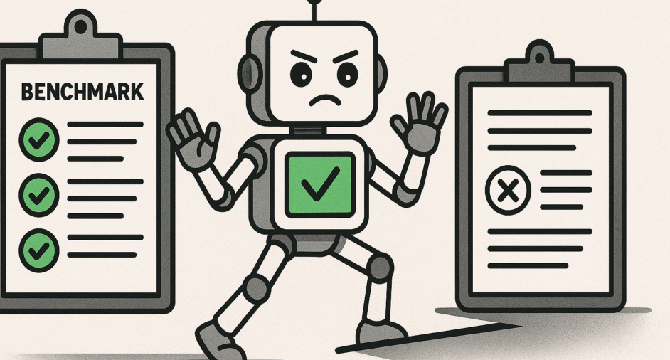Unite
2M
193

Image Credit: Unite
Beyond Benchmarks: Why AI Evaluation Needs a Reality Check
- Benchmarks have long been used to measure AI performance, but they may not fully represent real-world complexities and challenges.
- Over-optimization on benchmarks can lead to flawed models that struggle when faced with real-world scenarios.
- Standardized tests like ImageNet and BLEU simplify reality and may not capture the true value of AI.
- Benchmarks can overlook human expectations and fail to assess factors like fluency, meaning, accuracy, and truthfulness in AI models.
- The limitations of static benchmarks include challenges in adapting to changing environments, ethical considerations, and nuanced aspects of AI applications.
- Benchmarks often focus on surface-level skills but may not test deeper qualities like common sense reasoning and context appropriateness.
- The emergence of new AI evaluation approaches includes human-in-the-loop feedback, real-world deployment testing, robustness and stress testing, multidimensional evaluation metrics, and domain-specific tests.
- To ensure AI success in practical applications, evaluation methods should be human-centered, consider ethical implications, and test models under diverse and challenging conditions.
- The goal of AI evaluation should shift from achieving high benchmark scores to developing reliable, adaptable, and valuable AI systems that meet the demands of the dynamic real world.
Read Full Article
11 Likes
For uninterrupted reading, download the app